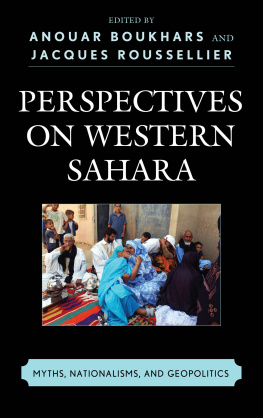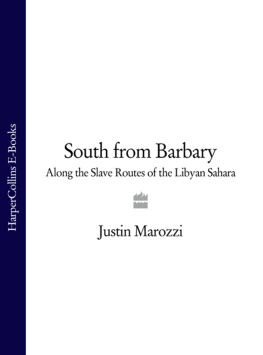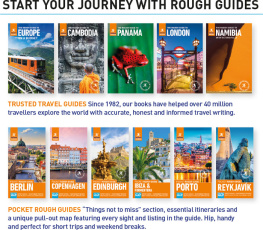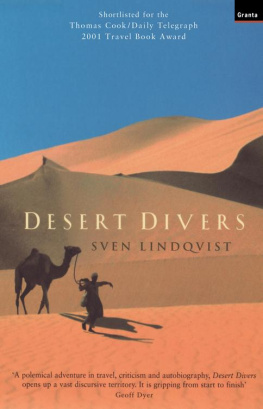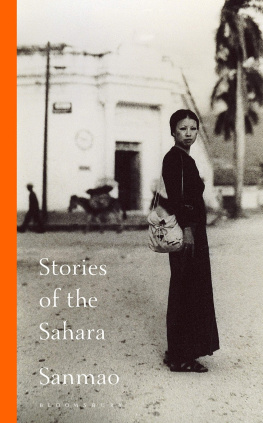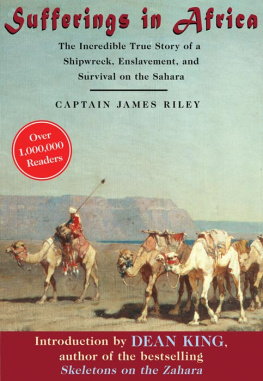Title Page
THE SAHARA
A Cultural History
by
Eamonn Gearon
Publisher Information
First published in 2011 by
Signal Books Limited
36 Minster Road
Oxford OX4 1LY
www.signalbooks.co.uk
Digital edition converted and distributed in 2011 by
Andrews UK Limited
www.andrewsuk.com
Eamonn Gearon, 2011
The right of Eamonn Gearon to be identified as the author of this work has been asserted by him in accordance with the Copyright, Design and Patents Act, 1988.
All rights reserved. The whole of this work, including all text and illustrations, is protected by copyright. No parts of this work may be loaded, stored, manipulated, reproduced or transmitted in any form or by any means, electronic or mechanical, including photocopying and recording, or by any information, storage and retrieval system without prior written permission from the publisher, on behalf of the copyright owner.
Cover Design: Devdan Sen
Cover Images: Roberto Caucino/istockphoto; Wikipedia Commons; Scoop/istockphoto Illustrations: All illustrations Wikipedia Commons, except: siemens.com p.151; tinariwen.com p.240; Michelle Brehm p.242.
Please note page numbers refer to the print edition of this title.
Dedication
For my late father, upon whose knee I first learnt about the Sahara;
My mother, for not telling me how much she worried when I first entered the Sahara;
And to Osama, Ibn Kelb and Baby, my camels, who made it possible for me to explore the Sahara, thereby exchanging dreams for memories.
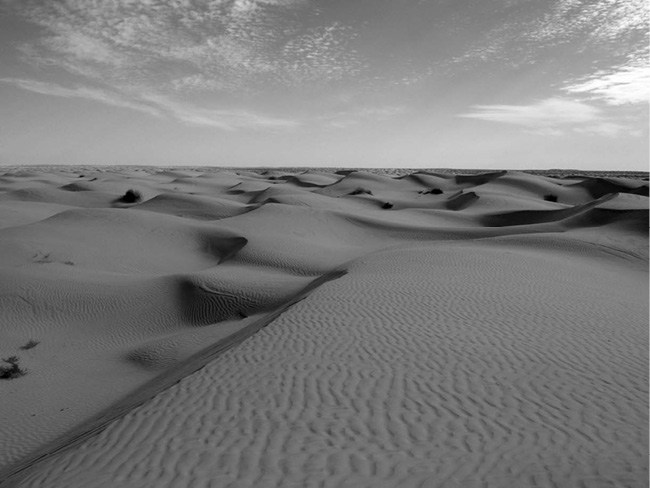
Preface and Acknowledgments
My own relationship with the Sahara stretches back over two decades, and my love of the place grows every year. While I have lived, worked and walked in the Great Desert, I have been lucky to learn many lessons from its inhabitants that I would never have found in any library. Foremost among this knowledge was that gained from the Bedouin, which has allowed me to pursue solo, camel-powered expeditions.
Cecil Beaton put the case neatly in a 1942 diary entry, when he wrote from the Egyptian Sahara, I see that human existence in the desert has not the proportion of the surroundings. It is hard to imagine a place more replete with history, myths and legends. The Sahara is justly a land of superlatives: the worlds largest hot desert, with the highest recorded temperatures on earth; it is driest, wildest, most dangerous in its immensity, most beguiling.
It is also one of the most starkly beautiful places on earth and has long captured the imagination of those who have come into contact with it, from the earliest inhabitants to contemporary tourists. From its prehistory, countless generations have been moved to record their impressions of the Sahara. Thankfully, many committed their thoughts to stone, paper, canvas and film, allowing us to share in these experiences.
The plethora of accounts written by those who spent time in the Sahara means that tough choices have been made in selecting who and what to include and exclude. This is no encyclopaedia but it is at least hoped that it will be of service in guiding readers through the literal and imaginary landscapes of the Sahara, its history, cultures and a portion of the creative work it has inspired.
Those who have passed through the Sahara have been as diverse as the landscapes found there. Innocent traveller, prospector and trader, solo adventurer and conquering soldier, writer, poet and painter, ethnologist, biologist, legionnaire or hermit, each account has its place, enjoying some share of that common thread of the story of the desert that inspired them. Whatever reason one might have for being in the Great Desert, the experience leaves no one untouched. The Sahara does not allow a neutral response; its mystery breathes life into even the stoniest of hearts that confronts the deserts vastness, terrible beauty and immeasurable silence.
Thanks are due to numerous people: writing a book is not as solitary a pursuit as some might imagine: To Oscar Blend, whose keen eyes and red pen made the manuscript make sense; Dr. William Sheward, for material support and wise counsel whenever I visit London; to Eileen Clauson, for similar generosity freely given in New Hampshire; Will and Lucy Beharrell, and the peace of Ramsden; Tom and Candace Powers; Phyllis Nemhauser and all the staff of the Baker-Berry and Sherman Libraries at Dartmouth College, and likewise the staff of the Howe Library, Hanover, NH; my agent, Graham Greene; Michael Dwyer and James Ferguson for the initial commission and subsequent encouragement. Finally, my greatest thanks go to my wife, Laura, whose patience, insight, advice, and unstinting backing made this book possible.
Introduction - A Quick Tour of The Sahara
Before exploring the Saharas human history, we will be well served by a quick tour of its geographical present. The great desert covers portions of eleven North African nations: Morocco, Algeria, Tunisia, Libya, Egypt, Sudan, Chad, Niger, Mali, Mauritania and the Western Sahara. Depending on the results of a January 2011 referendum, which is giving the southern Sudanese the opportunity to vote for independence from the north, this figure may become twelve.
Perhaps the commonest view of the Sahara, as nothing but a sandy place, is neatly summed up by the nineteenth-century Anglican Archbishop of Dublin, Richard Whately, who is responsible, some would say guilty, of the following speculation: Why can a man never starve in the Great Desert? Because he can eat the sand which is there. Not content with one groan-inducing pun, Whately went on to ask, But what brought the sandwiches there? Why, Noah sent Ham, and his descendants mustered and bred.
However much sand the Sahara may contain, it must not be thought of as a monolithic entity, a single mass covered in its entirety by sand dunes. The Sahara has numerous distinct geographies but its name is somewhat misleading. It is Arabic and made up of three consonants, saad , ha and ra , and short and long a-sound vowels. It means simply desert, so to talk of the Sahara desert is something of a tautology.
Most Arabic words are drawn from three-letter roots, like the Saharas saad , ha , and ra . From these roots families of words branch out and, once mastered, are a great help to both native and foreign learners of Arabic. For example, the Arabic letters equivalent to k, t, and b come together in various forms to make the words book, office (the place of books), library (the house of books) and the verb to write (to create a book). Likewise, the s-h-r root, as well as giving us desert or desolate place, also gives us a barren region, a waste-land, a shade of dusty red, and verbs for to wither and to inflict sunstroke.
In the same way that the s-h-r family of letters has numerous members, so the Sahara is many deserts in one, not one desert. These deserts, some named by their inhabitants, some by invaders and by other foreign visitors, each have a distinct identity while at the same time being identifiably a part of the Great Desert by their situation in the top third of the African continent. A native of southern Algeria lives in a desert that he or she knows as the Ahaggar, or Hoggar, while neighbours to the north live in the Tassili nAjjer, which translates from the local Tamazight language as Plateau of the Rivers. The local population of northern Chad know home as the Tibesti after the mountain range, while inhabitants of one of the oases west of the Nile may refer to their homeland as al-sahara al-gharb , the desert of the west. In Arabic, Sahara as a proper noun seems to have been used first in the ninth century by the Egyptian historian Ibn Abd-al-Hakam (d. 871), when he referred to a distinct piece of desert to the west of the Fezzan and not just as a general description of a desolate place.
Next page

